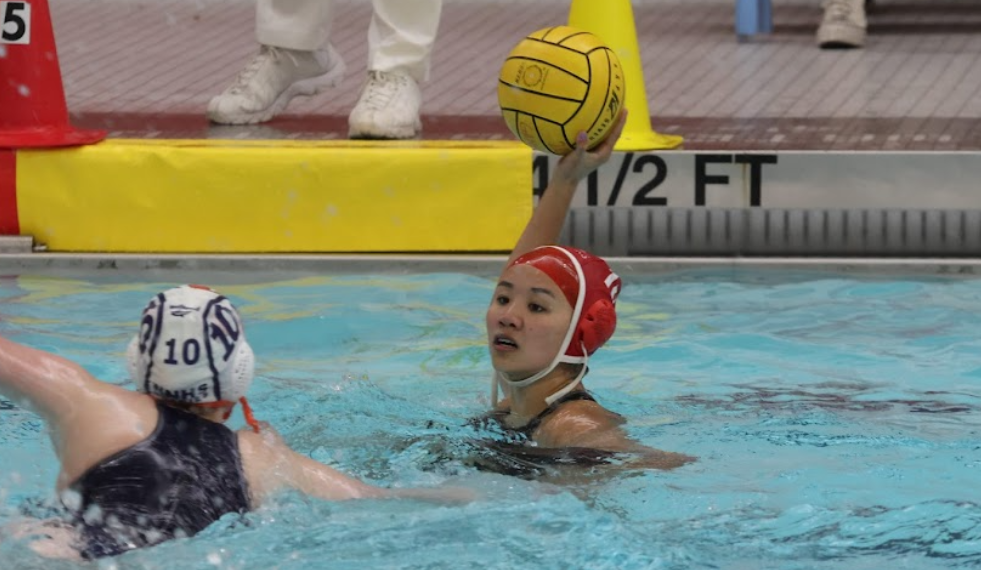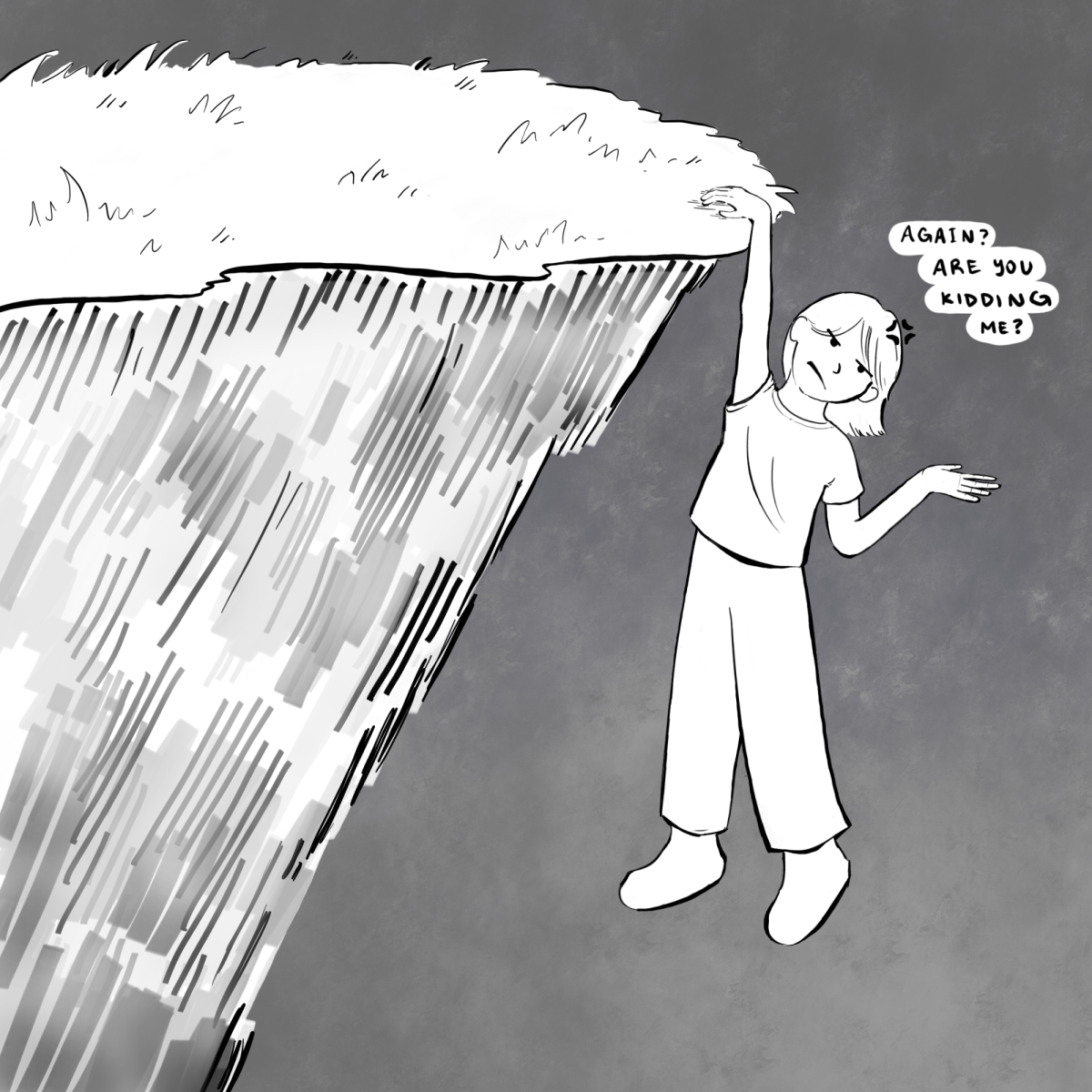Much to consider when determining best placement for students with special needs
October 30, 2019
Editor’s Note: Portions of this story have been deleted following prior review and prior restraint by Central and District 203 administration. Please see our editorial for more information.
Following recent events that have disrupted the learning environment, the Central Times began to wonder about the protocol for responding to these kinds of situations and decided to investigate. We focused on the rights of all students to a free public education in the least restrictive environment, and the challenges facing the district to provide it.
To fully understand the procedures that were followed, the Central Times contacted multiple school and district officials, most of whom declined to comment for the story. This included Principal Bill Wiesbrook, Angie Ginnan, Assistant Principal of Student Services and members of District 203’s Student Services office.
With little information available from these and other relevant building and district sources, the Central Times researched how situations similar to these might typically be addressed.
Under the Individuals with Disabilities Act (IDEA), public schools are required to offer a free and appropriate education to students with disabilities, whether this be provided through their own institutions or outplacement.
Many students with special needs who remain in public schools participate in inclusive classroom settings with both general and special education students. At Central, one widely celebrated example can be found in the Adapted Physical Education program, where students with special needs develop their motor skills while their peers improve leadership qualities.
Understood, a non-profit organization that advocates for students with special needs, cites research by non-profit the Alana Institute, writing that “inclusion is beneficial for all students – not just for those who get special education services […] inclusive education has positive short-term and long-term effects for all students.”
Through inclusion, students with special needs acquire stronger math and reading skills and their peers become more tolerant and caring, according to Understood.
One alternative to inclusion is outplacement, where students with special needs may be transferred to a specialized program if the school cannot meet their needs.
“ISBE Approved Nonpublic Special Education Programs are used when the IEP [Individualized Education Plan] team from the public school has determined the services the student needs can only be provided in a nonpublic setting,” the Illinois School Board of Education (ISBE) explained on its website.
If a district chooses to outplace a student, it would be responsible for the expenses. This cost could be over twice the amount District 203 spends per pupil, which was slightly over $15,000 in 2017, according to the ISBE’s Illinois Report Card website. By comparison, a paper by the Thomas B. Fordham Institute estimates that the average cost to outplace a student with special needs in Massachusetts to a private school is $51,000.
Though the quality of outplacement programs vary by location, students can benefit from the change, as the staff is often more qualified to cater to a student’s specific needs.
Laura Hedin, Associate Professor of Special Education at Northern Illinois University, cited Glen Oaks Therapeutic Day School as a positive example.
“[Students] get a quality education, but they also learn strategies for addressing these problematic kinds of behaviors,” Hedin said.
Regardless of the district’s decision, the student’s information, such as his or her IEP (Individualized Education Program) and alternative accommodations, are protected under The Family Education Rights and Privacy Act (FERPA). Given these privacy restrictions, no formal communication to parents has been made by the school or district about the recent incidents at Central, and few details were legally available to staff, causing some frustration.
“If there is a safety issue for my child at school, I think the school should communicate with parents,” Central parent Ritu Kama said. “Maybe there doesn’t need to be a mass email to all students’ parents to protect the individual’s privacy, but at least [there should be] on a need-to-know basis.”
Most of the incidents that disrupted the learning environment did not result in physical harm. But even in those cases, disciplinary action for a student with special needs differs because he or she may struggle to control their actions.
“(IDEA) has a special section that addresses areas of discipline,” Hedin said. “Those students have some protections under the law but not absolute protection.”
Hedin added that the district was responsible for providing the least restrictive environment given the student’s special needs and that it was necessary to consider if suspension or expulsion was justified in this case.
“If a student is going to be removed from their typical placement for more than 10 days during the academic year, they have to have a special meeting called a manifestation determination in order to decide whether or not that’s appropriate,” Hedin said. “If the disability is the underlying cause of the misbehavior, the school may have some difficulty removing the student from that placement.”
If a student’s behavior has the potential to harm others, the district could opt for an alternative suspension, which Hedin estimates is around 45 days long. Parents of the student may pursue mediation or litigation if a school is inadequately providing services, though the manifestation determination also provides opportunities for discussion.
Ultimately, the district must serve all of its students. For students with special needs, this could mean either remaining in public school or attending a special education program.
In both scenarios, the district would “financially provid[e] that free and appropriate education,” Hedin said.
Determining the best way to provide that education is a process that must be carefully considered, as it can be fraught with complex emotional, ethical and legal considerations.








